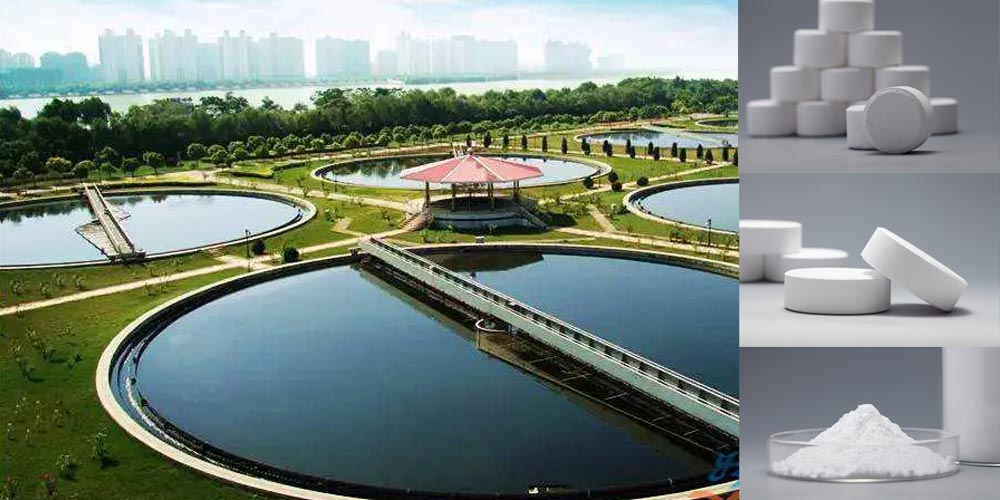Trichloroisocyanuric Acid (TCCA) chlorine tablets are widely used as powerful disinfectants in applications such as swimming pools, drinking water treatment, and surface sanitation. With their strong chlorine-releasing properties, they are also considered for sewage and wastewater disinfection. But is TCCA safe and effective in this context? Let’s explore the benefits, safety concerns, and best practices for using TCCA in sewage treatment.
Effectiveness of TCCA in Sewage Treatment
TCCA tablets are highly effective in killing pathogens, bacteria, viruses, algae, and other harmful microorganisms commonly found in untreated sewage. When added to wastewater, TCCA releases chlorine slowly and steadily, ensuring continuous disinfection. This property helps:
Reduce microbial load
Prevent the spread of waterborne diseases
Improve the quality of treated effluent for safe discharge or reuse
Its consistent chlorine release makes TCCA suitable for long-term disinfection in municipal, industrial, and emergency sewage treatment applications.
TCCA Key Safety Considerations
1. Chemical Stability and Controlled Chlorine Release
TCCA is a stable, solid compound that dissolves slowly in water, releasing chlorine over time. This controlled release:
Reduces the need for frequent dosing
Maintains effective disinfection over extended periods
However, overdosing can lead to excessive chlorine levels, which may harm the sewage treatment system and the environment. Careful dosing and monitoring are essential.
2. Impact on Biological Treatment Processes
Many sewage treatment plants rely on aerobic or anaerobic biological processes, where microorganisms break down organic matter. Excess chlorine from TCCA can kill not just harmful bacteria but also these beneficial microbes, disrupting treatment efficiency. To avoid this:
TCCA should be used only at the final disinfection stage, not during the biological treatment phase.
Residual chlorine levels should be regularly tested and maintained within safe limits.
3. Environmental Concerns
Discharging chlorinated wastewater into natural ecosystems without treatment can harm aquatic life. TCCA by-products, such as:
Trihalomethanes (THMs)
Chloramines
are toxic to fish and other aquatic organisms, even in small concentrations. To prevent environmental harm:
Dechlorination methods (e.g., sodium bisulfite, activated carbon) should be used before discharging effluents.
Compliance with local and international discharge regulations is critical.
Safe Handling of TCCA Chlorine Tablets
TCCA is considered safe to handle with proper precautions, including:
Wearing gloves, goggles, and protective clothing
Avoiding direct skin or eye contact
Storing tablets in a cool, dry, well-ventilated area, away from organic materials and reducing agents
Improper storage or mixing with incompatible substances may lead to fire, explosion, or release of toxic gases.
Regulatory Compliance
Before using TCCA in sewage systems, ensure that its application meets:
National and regional environmental protection standards
Wastewater treatment regulations
Occupational safety guidelines
Authorities often set limits on free and total chlorine levels in treated effluent. Monitoring and documentation help ensure regulatory compliance and reduce environmental risks.
TCCA chlorine tablets can be a powerful and efficient solution for sewage disinfection when used appropriately. They provide strong microbial control, improve effluent safety, and support public health. However, safe application requires:
Controlled dosing
Chlorine level monitoring
Protection of biological treatment systems
Environmental precautions
When managed properly and in accordance with regulatory guidelines, TCCA offers a safe and effective method for enhancing sewage treatment systems.
Post time: May-29-2024


